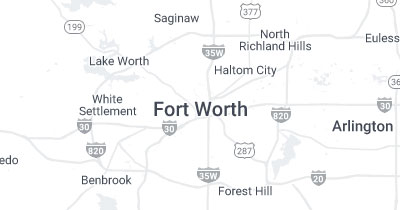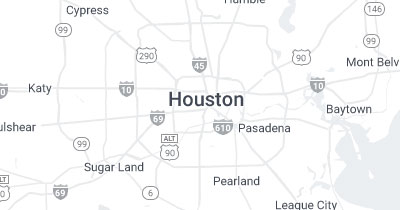Cervical Stenosis
Cervical spinal stenosis, also called cervical stenosis, occurs when the neck’s protective spinal canal narrows due to degenerative changes or trauma. If the space within the spinal canal is reduced too much, neurologic deficits can result from spinal cord compression, a condition called myelopathy.
Our spines will experience some degeneration with age. The intervertebral discs, which provide cushioningbetween vertebral bones, naturally lose hydration over time and become flatter, and discs may bulge into the spinal canal. The joints in the back of the spine, called facet joints, also degenerate with time and become enlarged with changes from arthritis. The result of both of these types of degeneration is less room in the spinal canal, or spinal stenosis.
- Numbness or tingling in a hand, arm, foot, or leg
- Weakness in a hard, arm, foot, or leg
- Problems with walking and balance
- Neck pain
- Loss of bladder or bowel control, in rare cases
To diagnose cervical stenosis, your doctor may ask you about signs and symptoms, discuss your medical history, and conduct a physical examination. He or she may order several imaging tests to help pinpoint the cause of your signs and symptoms.
Treatment for cervical stenosis depends on the location of the stenosis and the severity of your signs and symptoms. Talk to your doctor about the treatment that’s best for your situation. If your symptoms are mild or you aren’t experiencing any, your doctor may monitor your condition with regular follow-up appointments. He or she may offer some self-care tips that you can do at home. If these don’t help, he or she may recommend medications or physical therapy. Surgery may be an option if other treatments haven’t helped.




